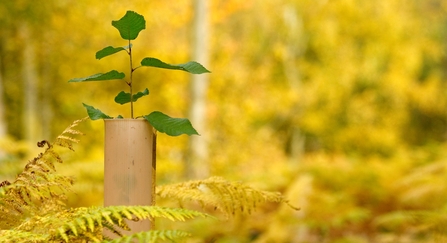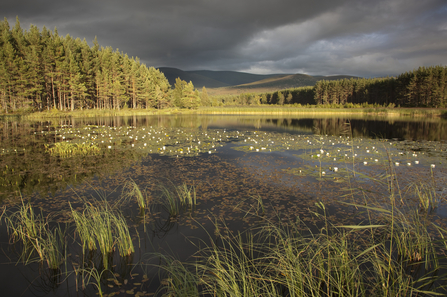For decades, the tree planting process has included an immature tree, cane or stake, and a tree guard/shelter. As the use of modern synthetic plastics grew in popularity from their development around 100 years ago, it was no surprise that in the 1980s tree guard manufacturers began creating these shelters out of plastic. Strong, resilient, protective - the perfect shield for a young tree against damage, browsing animals such as deer, squirrels and rabbits, and bad weather. They can also provide additional benefits to the adolescent tree, including providing a mini greenhouse around the base, helping to channel growth upwards, reduce space invading vegetation and reduce moisture stress.
Why are tree guards needed?
The demand for tree guards came from the need for more tree coverage and the increased browsing pressure on these trees from animals like deer, through loss of key predators from our environments.
They do the job of protecting young trees well, but the latest scientific evidence on the harm that plastics can cause in our marine and terrestrial environments raises the question: can these guards be polluting newly planted woodlands? This is a question that has only recently come into the foreground.



